World Elephant Day
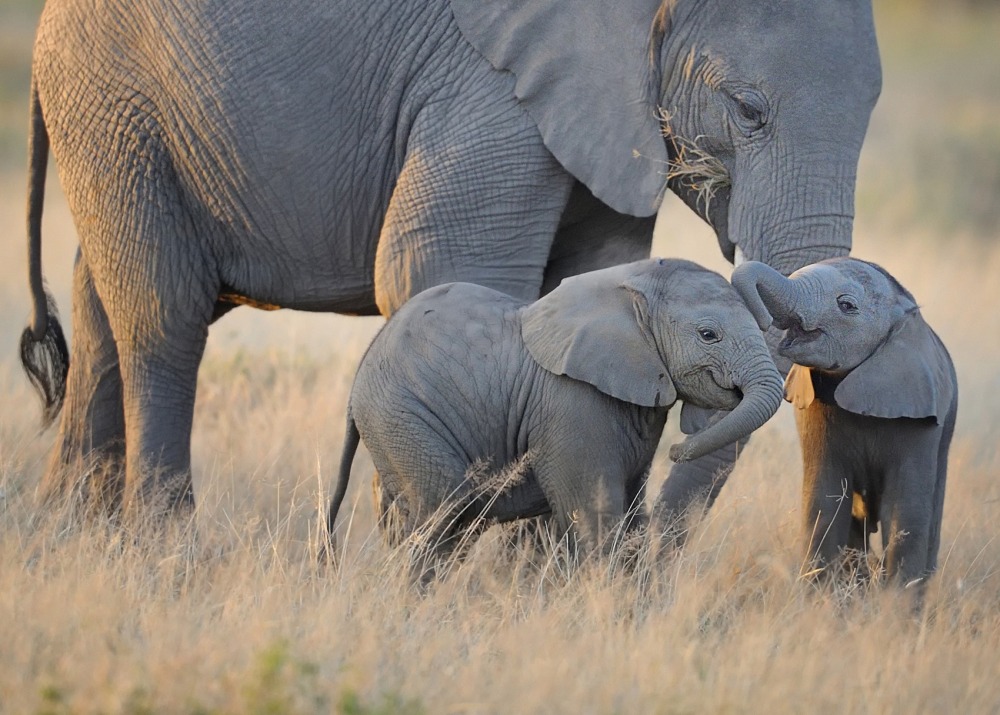
Elephants are fighting for survival.
In the past 35 years—or half of an African Forest Elephant’s lifespan—their populations have plummeted by 86% across the continent. Asian Elephant populations, too, are in decline and they have disappeared from several countries. Poaching is a top threat along with habitat loss, and human-elephant conflicts are on the rise.
You can help us safeguard these special animals.
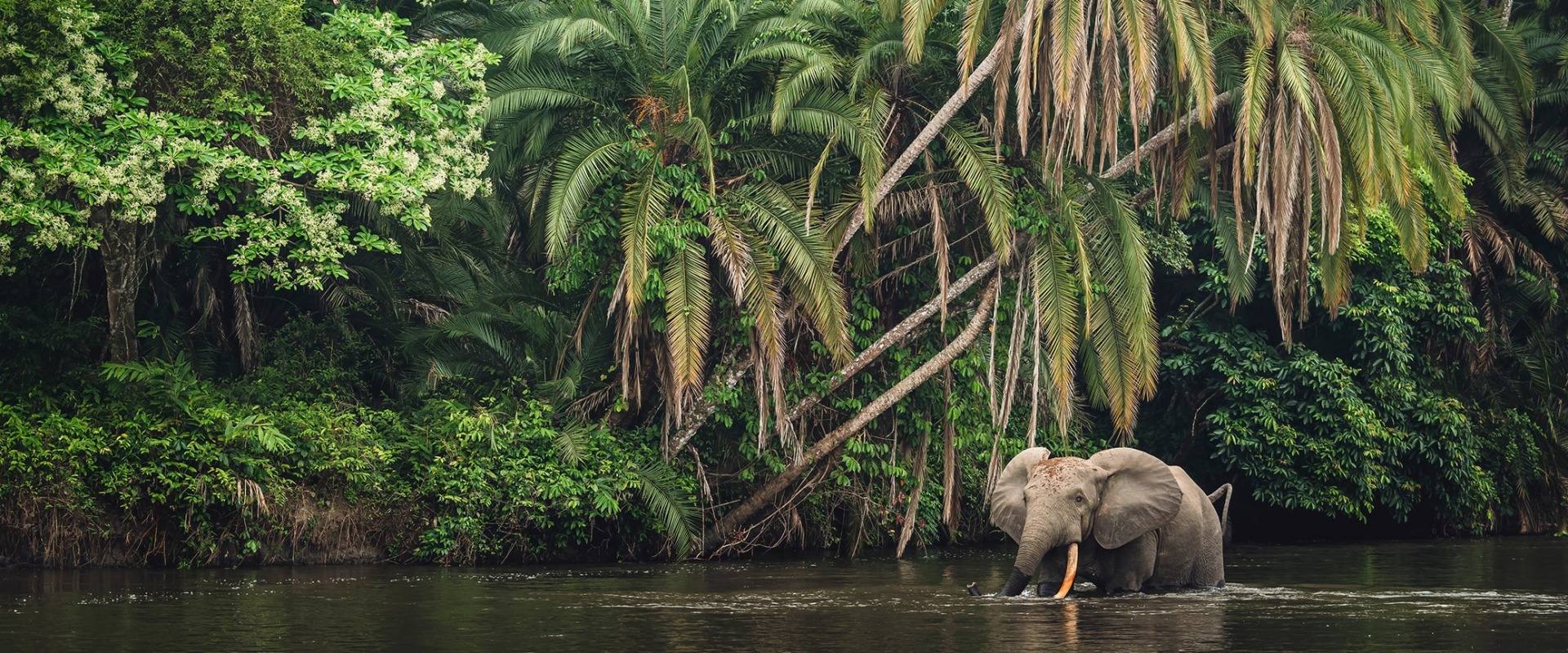
African Forest Elephant, by Roger de la Harpe
Protecting habitats is the most effective way to protect elephants. Once a rainforest is protected, however, the work continues through wildlife monitoring and observation. Read on to learn how we work with partners to protect elephants in Asia and Africa:
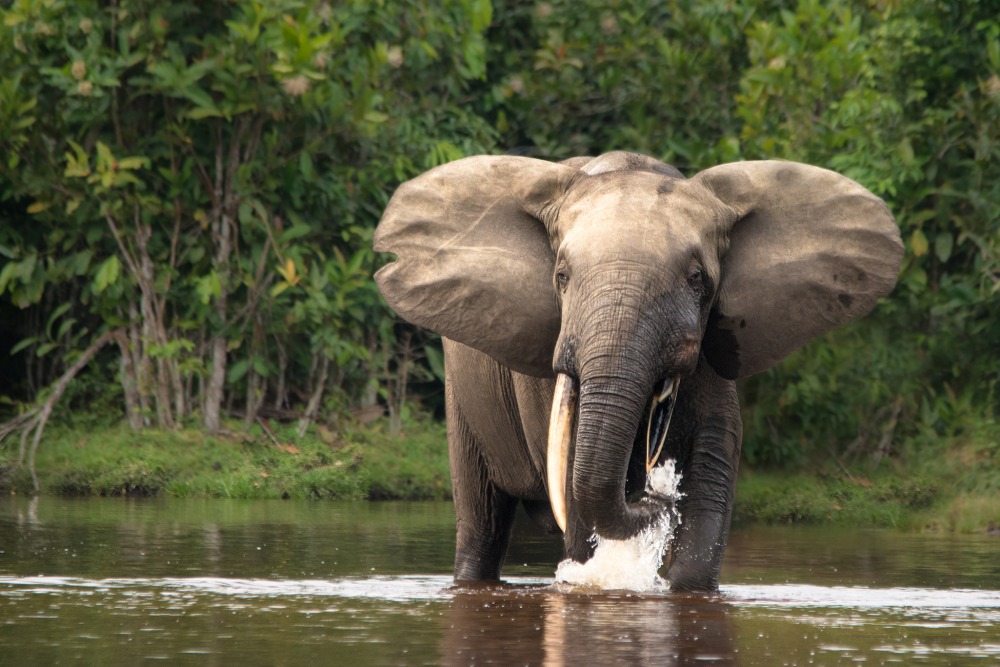
In Guinea, the country’s largest and only viable population of Critically Endangered African Forest Elephants survives along the border with Sierra Leone. But a 100-mile iron ore railway will soon slash through this sensitive habitat.
Rainforest Trust and our partner, The Wild Chimpanzee Foundation, are working with the government of Guinea and local communities towards the creation of a new national park that will connect to other protected areas and create a corridor for safe passage of wide-roaming species like the elephant. Once established, local teams will conduct monthly surveillance and anti-trafficking patrols to guard against poaching within the protected area.
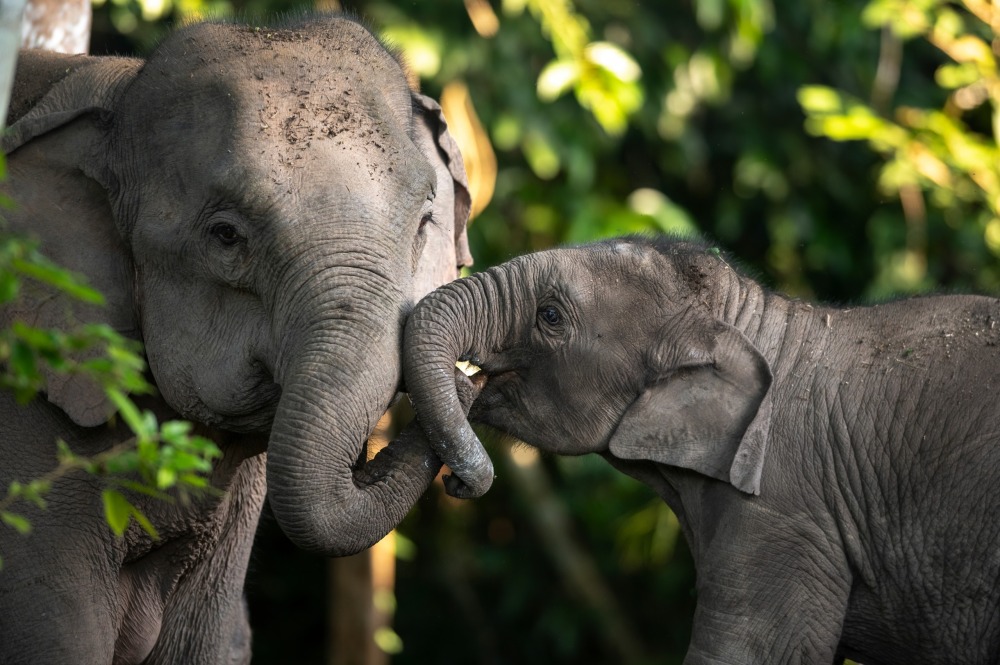
With elevations up to 9,000 feet, the Himalayas host a wide variety of wildlife. Biodiversity surveys have recorded an astounding number of threatened species: Endangered Red Pandas, Clouded Leopards, Asiatic Black Bears, and Asian Elephants.
Rainforest Trust supported the creation of a conservation area in northeastern India complete with ranger stations and an anti-poaching team. Our local partner, Bugun Welfare Society, conducts annual nature awareness camps to educate the local community about the wildlife that shares their lands and to encourage a harmonious balance that sustains biodiversity.
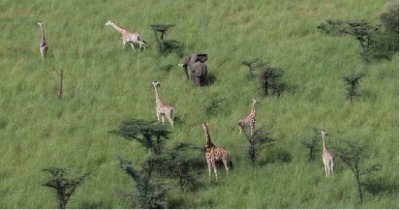
In South Sudan, where we are supporting the effort to re-establish two national parks, our local partner monitors wildlife using aerial technology. Scientists have noticed that a solitary male elephant regularly travels among a herd of giraffes. This male is also the only elephant remaining in the former Bandingilo National Park.
Dr. Megan Claase, Conservation Manager for African Parks, told us that it is not uncommon for solitary herbivores to graze with herbivores of another species. “We assume that, as he is a social creature, he is seeking comfort and security in the closest group he can find. The herding instinct is strong.” Dr. Claase and her colleagues hold out hope that this elephant may one day mingle with herds in the neighboring Boma National Park. “We cheer him on if we see his collar point expanding towards another elephant herd!” Their combination of science and passion may yet boost his chances.
Our local partners are critical to conservation success-–and so are you. When you give to our Conservation Action Fund, you help us move quickly to protect the most vulnerable rainforest habitats and their threatened species. With your support, we can continue working to keep elephants, and their forest homes, safe from rising threats.
Sign up to receive the latest updates
"*" indicates required fields

